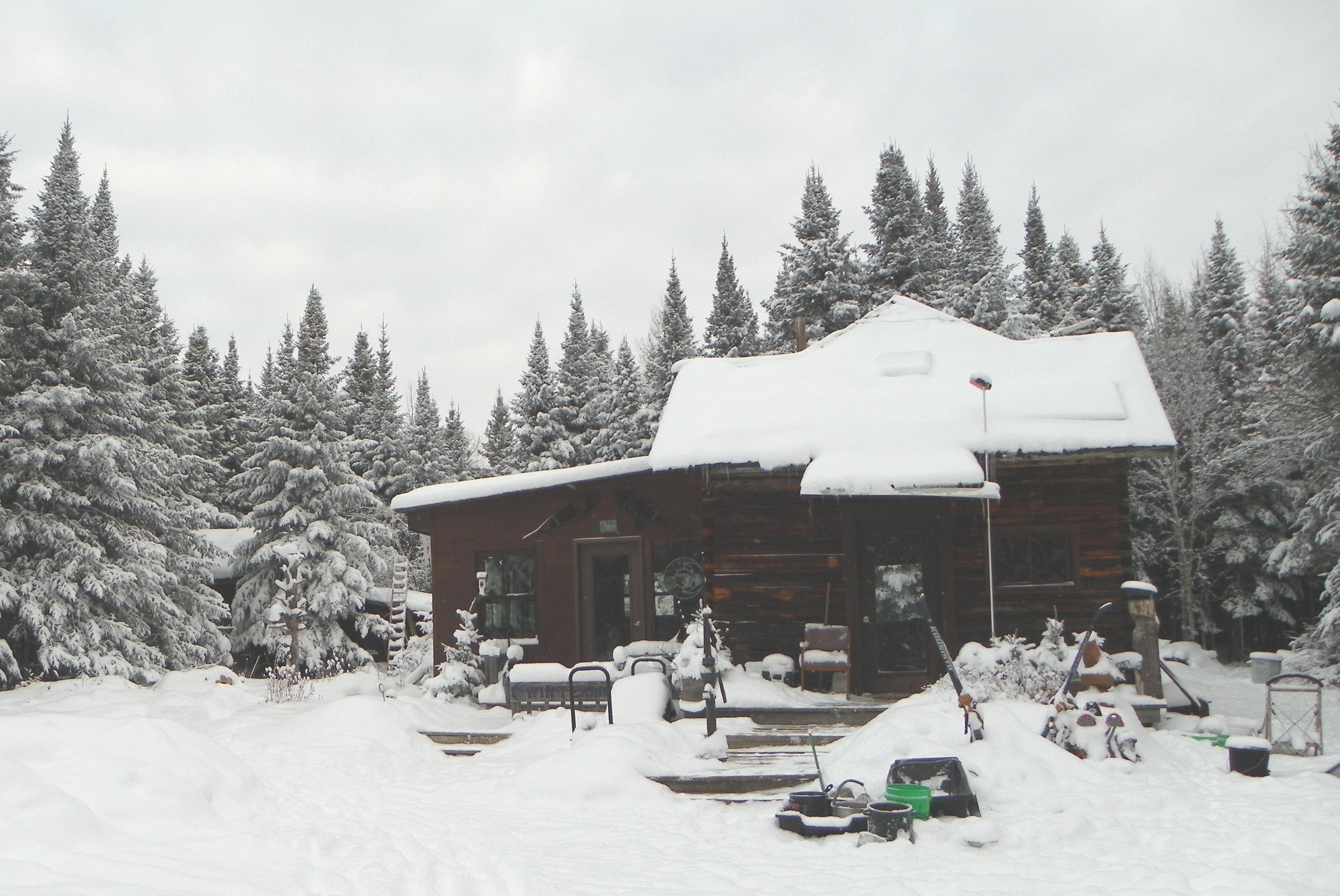The cold winter wind whipped flakes of snow and ice into my eyes, obscuring my vision and preventing me from seeing the trail ahead. Fortunately for me, the dog team pulling my sled knew just where to go, as we sped through the forest, whipping around the bends and bouncing over the snow-packed trail. When I arrived back at the cabin, my face and fingers were numb from the cold, my toes not far behind. At home if I had been outside in the cold, I would have cranked up the heat inside, curled up in a blanket, and drank hot chocolate, but not here. Here at the Wintermoon Summersun Retreat Lodge, I went inside the log cabin and warmed my fingers over the wood burning stove. If I had wanted hot chocolate, I would have had to pump water from the well by hand before heating it over the wood-burning stove.
â–º QUARTER FINALIST 2012 TEEN TRAVEL WRITING SCHOLARSHIP
On my trip to Northern Minnesota's Superior National Forest with the School of Environmental Studies, I learned about more than dog-sledding; I learned about a different way of life that has influenced the future of my own life.
As the impact of global climate change on the environment increases, more pressure is put on people to “go green” and be eco-friendly. Before my trip, I was aware that each person impacted the environment. I tried to reduce my own impact by recycling the appropriate items and turning off lights and electronics when I was not using them. But now, after staying with the owner of Wintermoon Summersun, a woman who has made a conscious decision to reduce her carbon footprint, I am more aware of how individuals can lessen their own impact on the Earth.
The woman we stayed with lives in a small log cabin deep in the Superior National Forest. She depends on wood-burning stoves for heat and solar power for electricity, although she had previously lived without electricity for nearly twenty years. She also pumps her water by hand from a well in her yard and grows food in a sustainable garden.
This sustainable lifestyle had a great impact on me during my stay. I thought about my life at home in a comfortable house where I can turn up the heat when I am cold and turn on a faucet to get warm water at any time. Although I too try to “be green,” I find that I leave lights on for extended, unnecessary periods of time and let the water run too long in the shower. I concluded that convenience leads to wastefulness. When one does not have to go out in the cold to collect firewood or pump water by hand, it is easy to use resources in excess amounts, forgetting that they are limited and valuable.
As a result of my trip up north, I have decided to live my life as sustainably as I can. Whether I live in a log cabin heated by a wood-burning stove, or a modern house that uses solar power, I plan to reduce my carbon footprint in any way possible. During my trip I learned that any actions, however large or small, will benefit the environment. I do not have to save the polar bears or stop rainforest destruction to make a difference. By living a sustainable life, I can be one less person dependent on fossil fuels, one less person wasting water, and one more person contributing to the health of our environment.
Dear Reader: This page may contain affiliate links which may earn a commission if you click through and make a purchase. Our independent journalism is not influenced by any advertiser or commercial initiative unless it is clearly marked as sponsored content. As travel products change, please be sure to reconfirm all details and stay up to date with current events to ensure a safe and successful trip.
